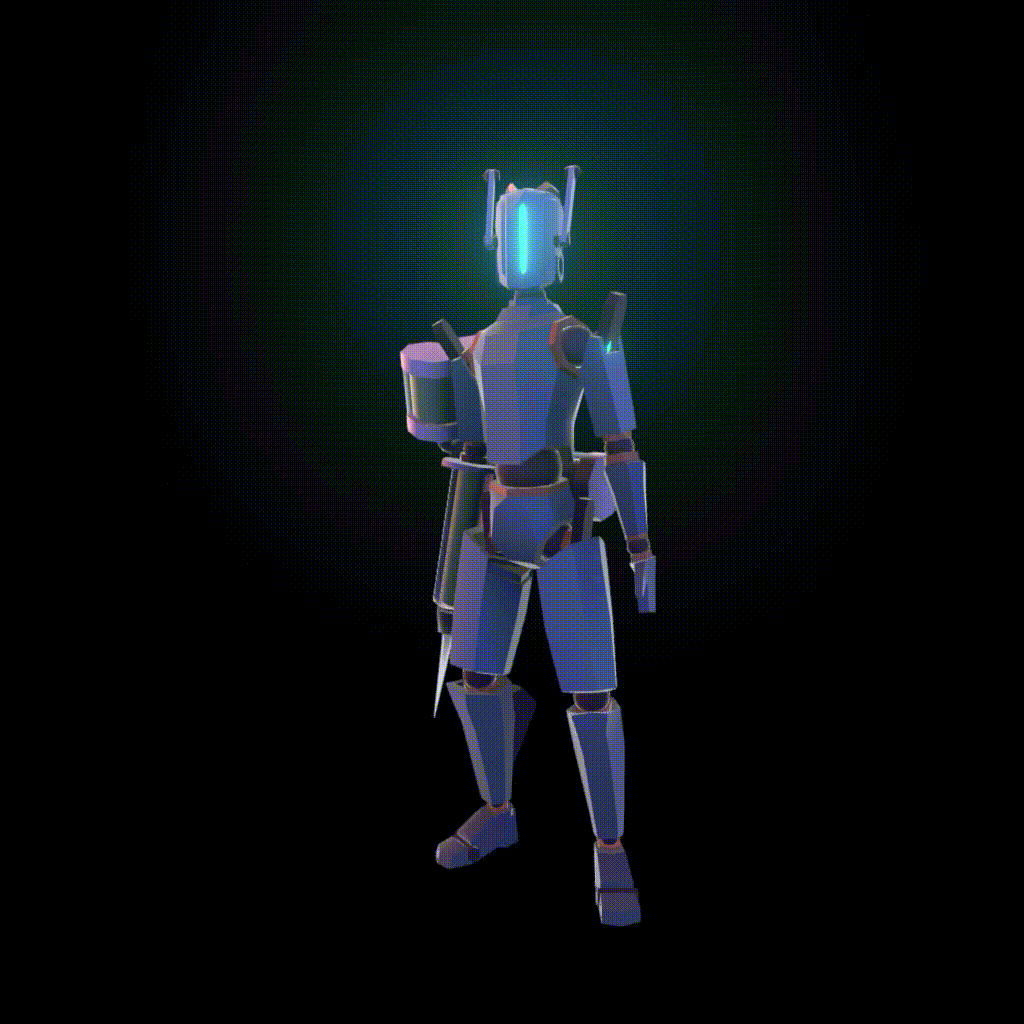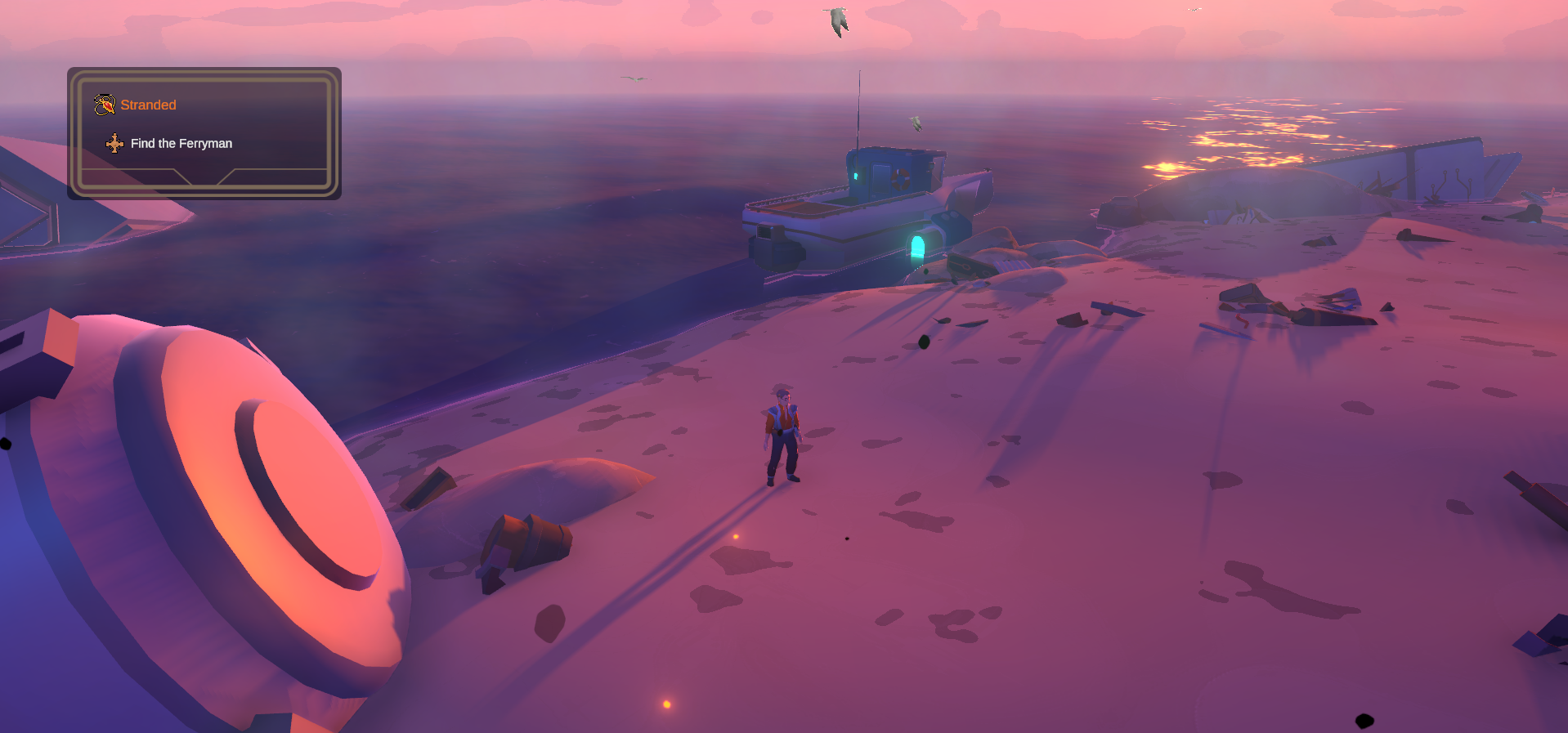Laguna
Birdisland
Developer
-
Publisher
Genre
rpg, roguelike
Platform
PC
Status
unreleased
Role
Lead Designer
The Laguna is a narrative-focused RPG set in the “Shattered Moon Universe”. Acting as a prequel to The Current, it explores the immediate aftermath of a global catastrophe triggered by the Moon’s destruction. The game draws on classic RPG traditions but aims to apply them within a tighter, more constrained setting designed for high narrative density.
Players take on the role of a stranded robotics technician whose control over advanced robotics makes them a valuable asset to all factions, but also a danger, and part of the organizations that brought the Fall. The story centers on interpersonal conflict, community survival, and the tension between cooperation and self-interest. Player decisions shape character relationships, the fate of the archipelago’s communities, and who survives the final disaster.
The design prioritizes player choice, consequence-driven narrative progression, and a fail-forward structure. Rather than stat-heavy grinding, gameplay focuses on branching dialogue, resource tension, and short, high-risk tactical encounters. During the grid- and turn-based tactical combat, the player and their robots fight side by side. Encounters are rare, fast, and designed to be lethal, avoiding health bar attrition or stalemates.
Laguna was built as both a complete narrative experience and a focused design exercise. It reuses and expands an existing world to minimize pre-production overhead and allow more time for iteration on gameplay, systems, and writing. It also served as a training ground for future modular RPG projects and an opportunity to build the necessary tech stack.
On this project, my team and I had the opportunity to explore more traditional RPG design within the narrative framework of an established IP. We aimed to create a classic RPG experience while being mindful of tech constraints, resulting in a playable prototype built with efficient use of resources and external tools.
I contributed to the design of a traditional grid-based RPG, focusing on the core combat system (supported by extensive paper prototyping), overall game flow, and progression balancing. I also designed and implemented a stat-based equipment system and worked on UI elements such as a paperdoll inventory. Additionally, I improved and expanded the internal tool for generating in-game content from table data, streamlining the design workflow. Other responsibilities included supervising level design and conducting playtests.



